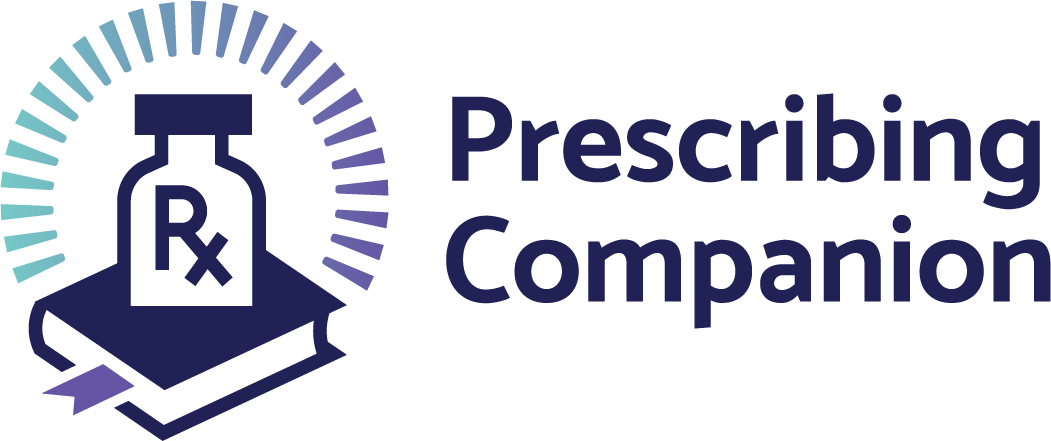Description
Human Immunodeficiency Virus (HIV) is a retrovirus that attacks the body’s immune system, primarily CD4 T-lymphocytes. If HIV is not treated, it can lead to acquired immunodeficiency syndrome (AIDS) which is characterized by loss of hosts immune system to fight infections, severe damage to organs, opportunistic infections, and malignancies. Mother to Children transmission (vertical) is the common cause of HIV infection in children. However, others get HIV by horizontal Transmission through Sexual transmission i.e. Rape, defilement and high-risk survival sex.
Signs and Symptoms
The signs and symptoms of HIV are classified in stages. In Zambia WHO clinical staging is used. It is also used to determine the severity of HIV infection based on the presenting HIV related conditions in a confirmed HIV infected individual. (WHO staging refer to Zambia Consolidated guidelines) Add link
Investigations
The entry point to HIV care is HTS which should be offered to all children attending health services in all health facilities (both public and private) in Zambia. Those testing positive should be linked to care and treatment. Conversely, adolescents who test negative for HIV should be linked to combination HIV prevention services.
Comprehensive guidelines are available for antiretroviral therapy and care of children living with HIV in the Zambia Consolidated Guidelines for Treatment and Prevention of HIV Infection (ZCGs)
